 It is known that our clothes are mainly made of cotton. We only have to open just about any of the wardrobes to see it.
It is known that our clothes are mainly made of cotton. We only have to open just about any of the wardrobes to see it.
From underwear to t-shirts, jeans and dresses, cotton is omnipresent. Added to this are all the bedding in the house: sheets, towels, table linens... It is estimated that 20 million tonnes of cotton are grown per year in 90 countries.
The quantity of cotton used is immense and is not without impact on our environment, quite the contrary!
Water consumption
The cotton plant is one of the most water-intensive plants. The WWF organization estimates that a single kilo of cotton requires up to 20,000 liters of water to grow and process! To give you a better idea of what this represents, a Canadian, already very greedy in their water consumption, uses on average 274 liters of water per day . Water consumption for one kilo of cotton represents the equivalent of 2.5 months (72 days) of the average daily water consumption of a Canadian.
For a simple t-shirt, approximately 500 g of cotton is used, or 10,000 liters of water representing 36 days of your water consumption! When we also know that the average number of times a t-shirt is used is 20 times, it's literally alarming!

You may be thinking that this doesn't concern you because we have a lot of water here! Even if the impact can be differentiated from one region to another, it is essential to consider this aspect. For example, this water consumption linked to cotton cultivation has ruined an entire region of the planet. This is indeed the case of the drying up of the Aral Sea which is literally an ecological and human disaster.
Massive use of pesticides

The United States is the world's largest exporter of cotton. In this country, cotton cultivation represents almost a quarter of national pesticide use. Otherwise, 75% of the world's cotton is grown in developing countries which have even fewer rules and laws regarding worker health and environmental protection.
The quantity of pesticides used for cotton varies considerably from one country to another depending on the 'needs' of the environment. However, it is considered that on average, on one hectare of cotton, 1 kilo of pesticides is applied.
The massive use of pesticides and fertilizers contaminate rivers, lakes and groundwater. This has a short and long term impact on both biodiversity and human health.
Social risks can also be significant. Traditional cotton cultivation poses particular risks for small farmers in developing countries. Many of them become ill and even die because they have neither the knowledge nor the equipment necessary to handle pesticides.
Nearly half of the textiles used on the planet are made of cotton, even though it is the most polluting textile.
In addition to the massive consumption of water and pesticides, it is a crop that occupies a large part of the territory which could, among other things, be used for market gardening. The great conversion of habitats could at least serve to feed... There are today a multitude of much more ecological solutions to this textile.
Organic cotton is certainly one of them by removing the use of chemical substances. However, even organic, water consumption is not really reduced. Recycled textiles and textiles such as bamboo rayon, Lyocell, made from linen or hemp are still the fabrics to favor for us today.
Fortunately, they are increasingly available on the market. The choice is in your hands!



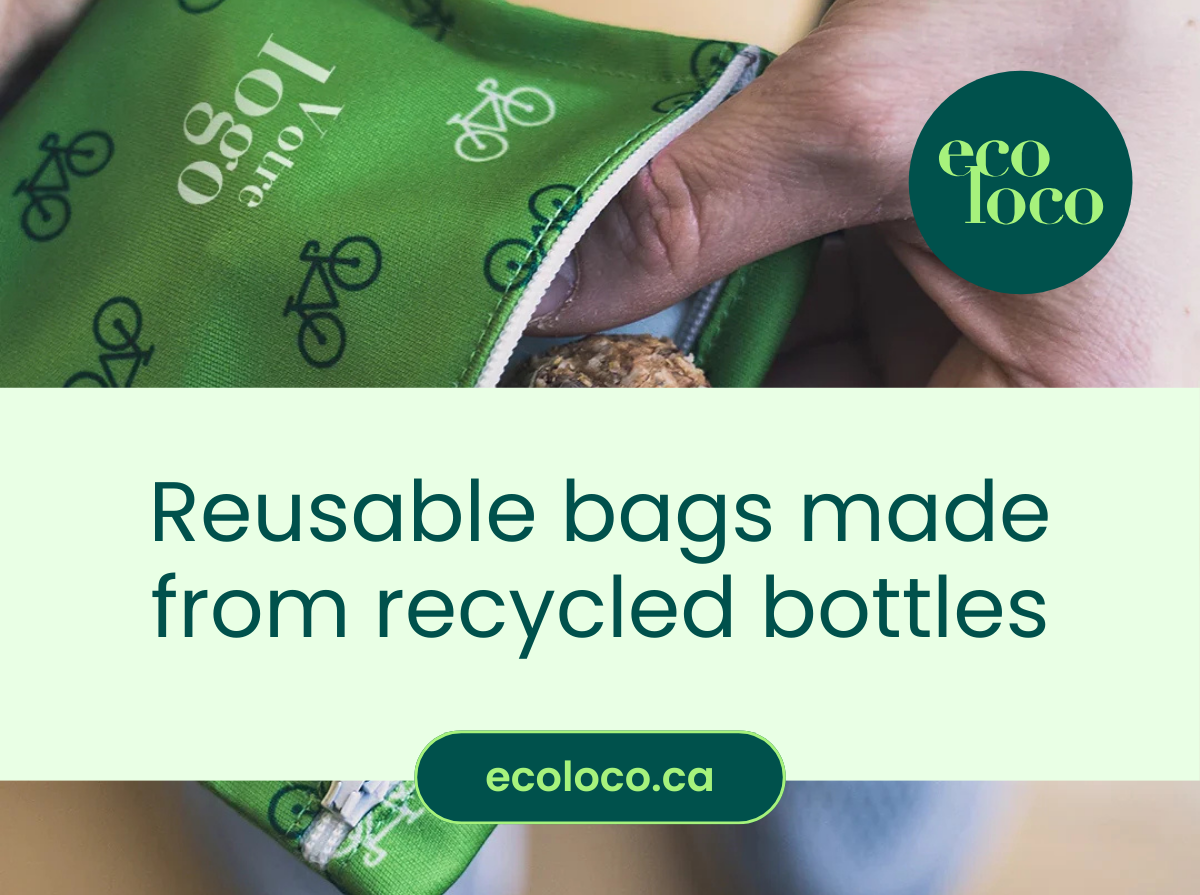

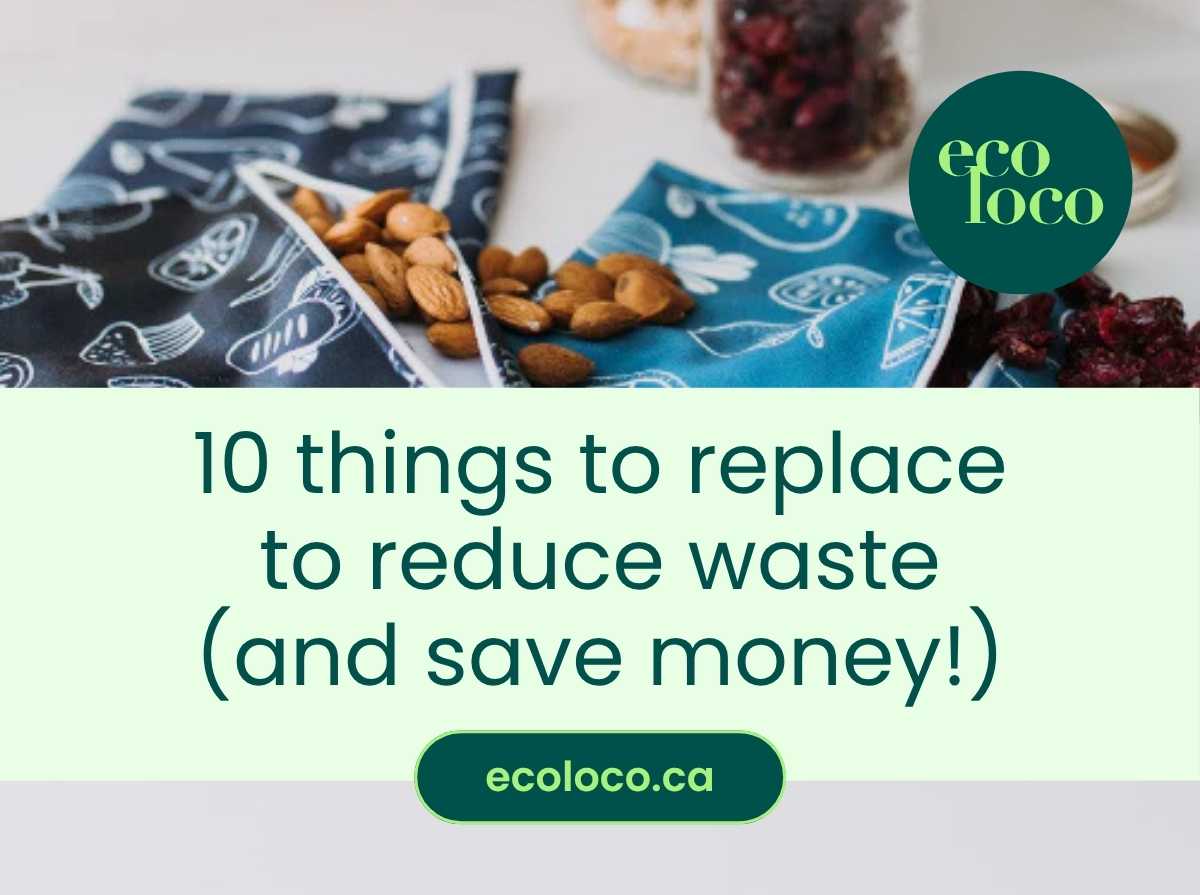


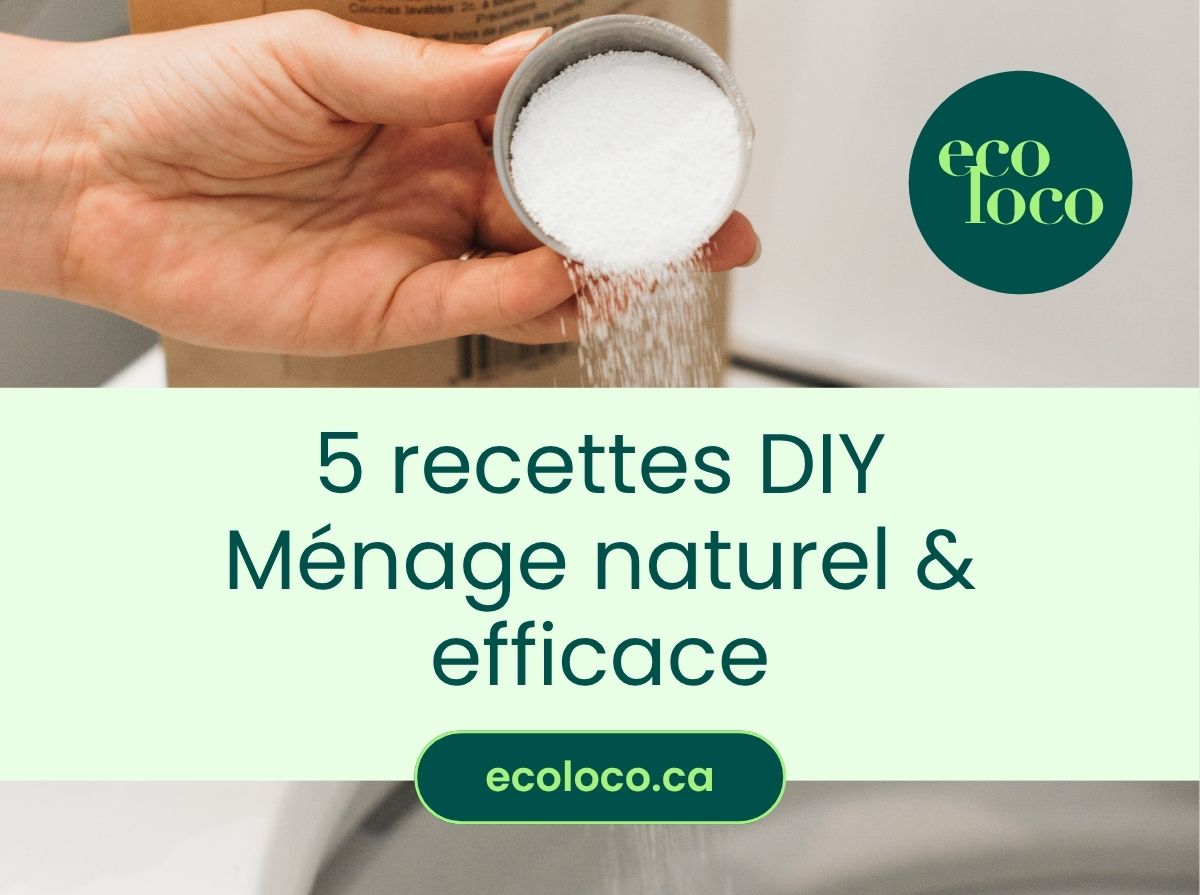



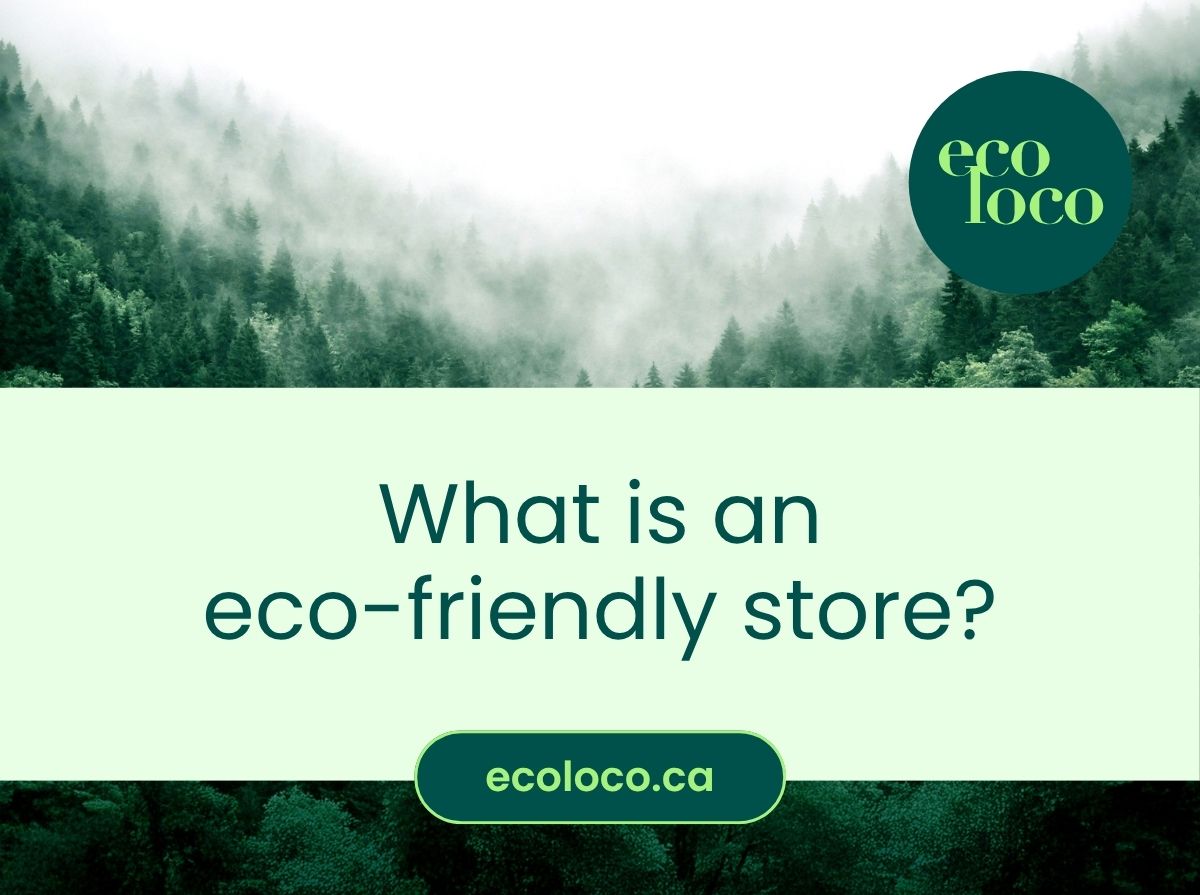
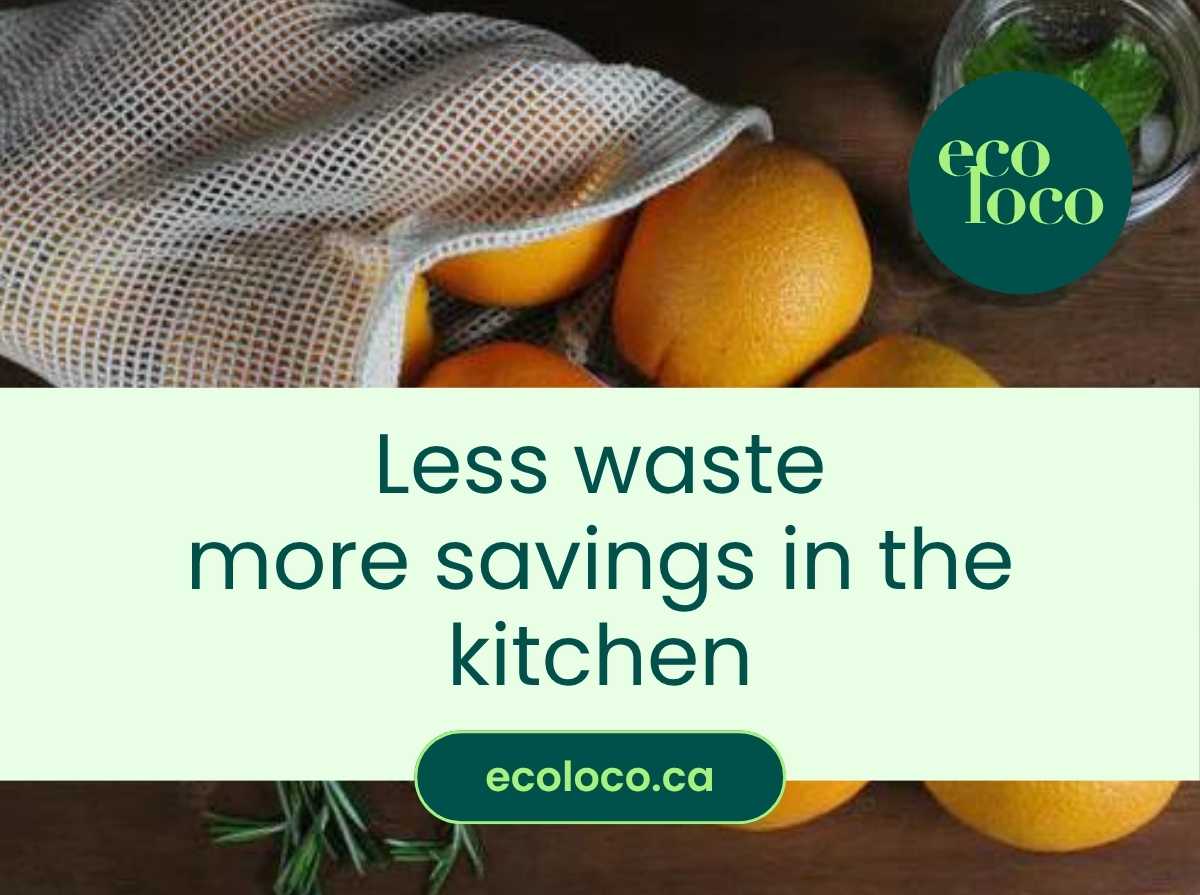
0 comments